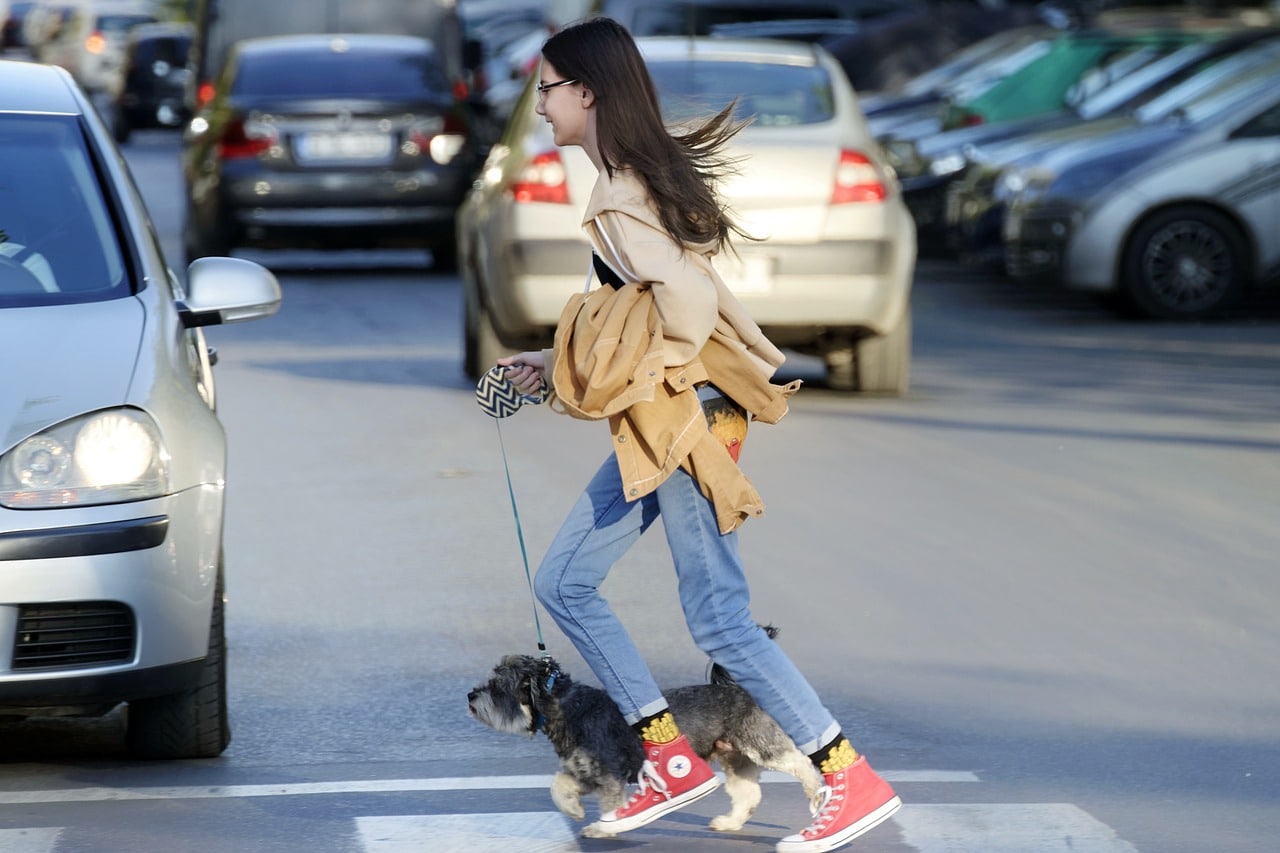Being at the forefront of technological advancement comes with added pressure to guarantee safety on the roads, whether for drivers, pedestrians, or other road users. With pedestrian deaths on the rise, car developers and road safety advocates are investing heavily in leading technologies that will help our roads be safe for all users. So, in this article, we will scout for the on-road technologies that remarkably improve road safety.
Technologies for Preventing Pedestrian Accidents
Autonomous Emergency Braking (AEB) with Pedestrian Detection
AEB systems are usually equipped with cameras and sensors, such as radar, that can detect if a pedestrian is about to get hit. When detecting any danger of a potential collision, these systems autonomously apply the brakes. This significantly reduces the chances of a potential accident.
Pedestrian Detection Systems
By applying intelligent sensors with analysis algorithms, these systems can detect pedestrians in complex scenes, including those with limited visibility. Once they detect a pedestrian, they warn the drivers or activate the emergency braking if necessary.
Night Vision Assistance
Poor visibility is a major problem for drivers, especially at night. In order to face this challenge, cars of today are equipped with infrared cameras that can detect pedestrians at night. Such advanced night vision systems find their application in all vehicle types and are akin to ensuring that accidents that would otherwise happen due to lesser visibility in the dark are averted.
Smart Crosswalks
These crosswalks are integrated with smart technology such as sensors and LED lights that improve both the visibility of the pedestrian and the driver. For example, road crossings can incorporate smart technology that identifies a pedestrian crossing the street and informs other road users like drivers with a display, which in turn, improves road safety and reduces the likelihood of a collision.
Augmented Reality Windshields
To have a clear picture of this innovation, one needs to imagine a future where your windshield goes further than just providing information; it also acts like a radar to indicate possible pedestrians and other potential risks in real time. With the help of augmented reality windshields that offer a better view of the pedestrians and by conveying information such as distance or velocity over the visual field, the reaction time is improved.
Lane-Keeping Assistance
This innovation helps the driver stay in his lane by preventing the vehicle from drifting off the road. This is possible by using lane departure warning sensors that determine whether a car is about to move out of the lane without the driver’s intention. When such veering is detected, the system activates the correction measures, resulting in the vehicle returning to its intended travel lane. By so doing, the vehicle cannot drift off the road and thus cannot collide with pedestrians using the walkways.
Backup Camera Systems
While cameras in automobiles are nothing new, they have undergone some significant advancements in recent years. Some of the improvements made have been aimed at preventing cars from backing into people. For example, in modern cars, visual alarms have been added, as well as guidelines on cameras to show the driver when he is getting close to a person or an object. In addition, some cameras have advanced features, such as the ability to identify a human figure, which reduces the risk of injuring a person standing behind a vehicle.
Pedestrians are losing their lives at alarming rates across the country. In 2022, there were 828 pedestrian deaths in Texas. Technologies are being developed to lower those numbers and protect lives. Just as car lovers look forward to the latest innovations in the car world, we also continue to anticipate the continued evolution of pedestrian safety technologies. With the ongoing research and development, there is an increased possibility of continuous evolution in safety features, significantly reducing pedestrian accidents and promoting safer roads.





